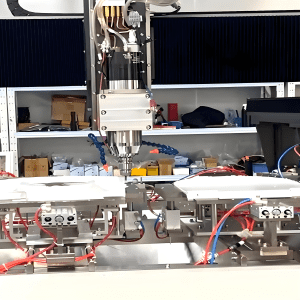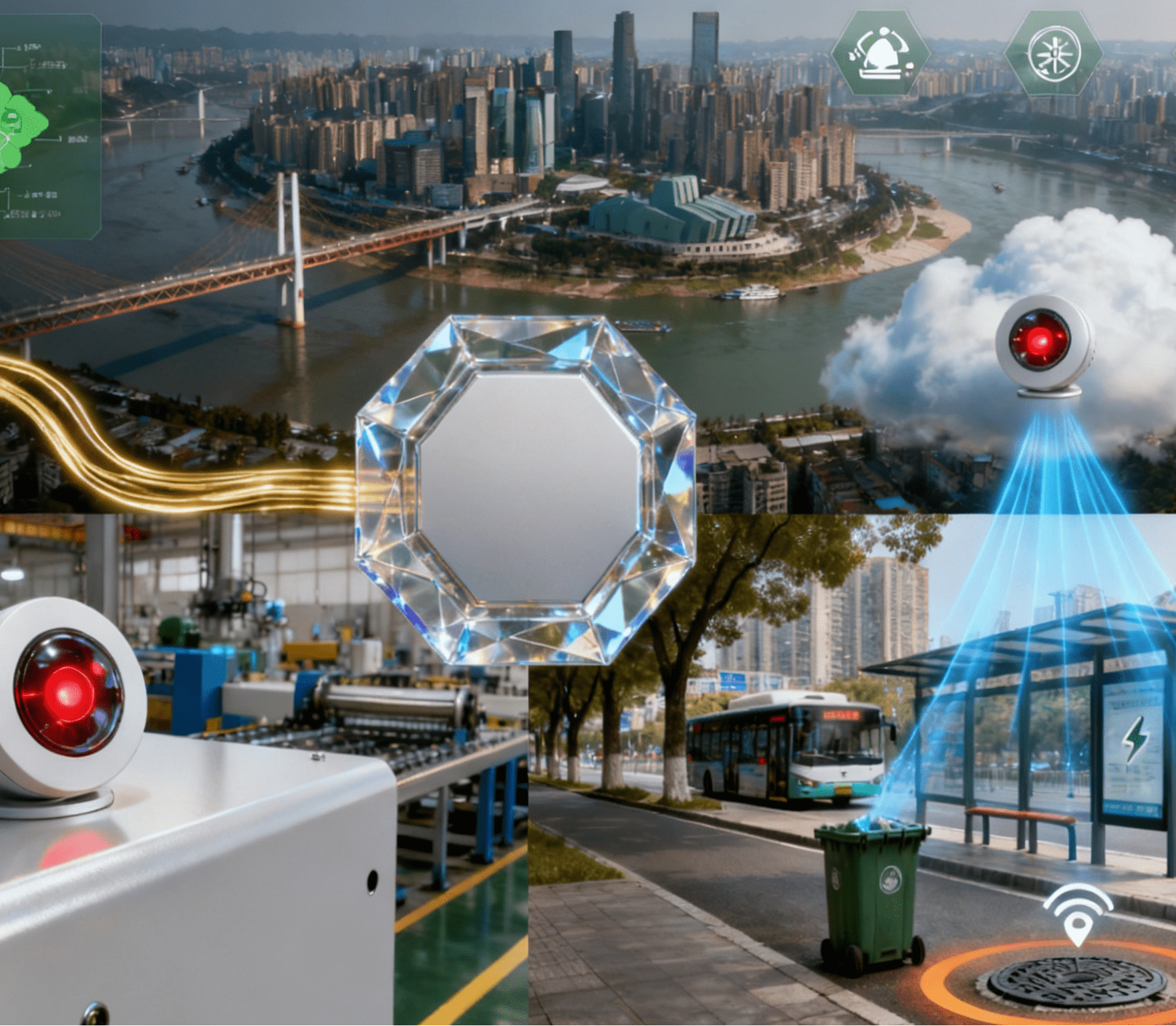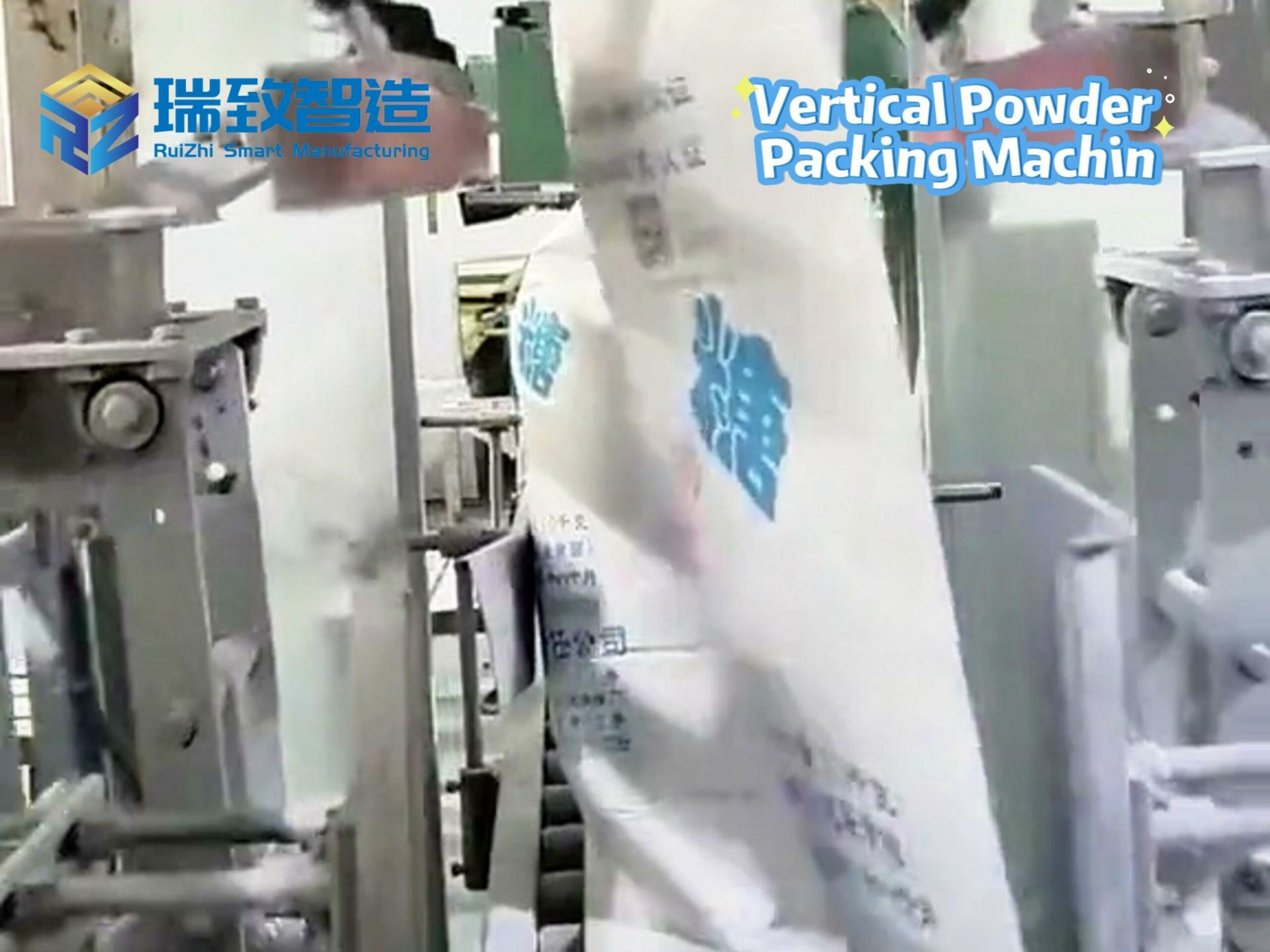A Deep Dive into Automation Equipment: The All-round Transformation from Industry to Daily Life

In the era of rapid digital transformation and the unrelenting march of Industry 4.0, automation equipment has emerged as a transformative juggernaut, seamlessly weaving itself into the very fabric of our production processes and daily existence. From the humming factory floors where complex manufacturing operations are choreographed with precision to the quiet corners of our homes, where technology works silently to simplify our lives, automation technology has become an omnipresent force. It has not only turbocharged efficiency to unprecedented levels but has also reimagined the symbiotic relationship between humans and machines, ushering in a new era of collaboration. As we stand on the cusp of this technological revolution, the questions that naturally arise are: What diverse forms does automation equipment take? And how does it adapt and thrive in the multitude of scenarios it encounters? In the following exploration, we will embark on a comprehensive journey to categorize and illustrate the applications of mainstream automation equipment, peeling back the layers to reveal the inner workings and potential of this dynamic technological domain.
Under the general trend of Industry 4.0 and the development of intelligence, automation equipment is rapidly integrating into all aspects of production and daily life. From the busy robotic arms in factory workshops to the intelligent floor – cleaning robots that methodically clean the floors at home, automation technology has not only significantly improved efficiency but also completely refreshed the collaboration model between humans and machines. So, what categories does automation equipment cover exactly? And how does it function in different scenarios? Next, this article will comprehensively sort out the classification and application scenarios of mainstream automation equipment, revealing the mysteries of this technological field for everyone.
Industrial Automation Equipment: The “Powerful Heart” Driving Modern Manufacturing
Another type of key equipment is the PLC (Programmable Logic Controller), which is like the “intelligent brain” of the automation system. It can monitor the production process in real – time and adjust the operating parameters of equipment. For example, in a food processing factory, the PLC system can accurately control temperature, humidity, and filling speed, effectively ensuring the consistency of product quality.
In addition, intelligent detection equipment, such as vision recognition systems, relies on AI algorithms to detect product defects with a misjudgment rate of less than 0.1%, far exceeding the efficiency of manual quality inspection. The wide application of such equipment marks the transformation of the manufacturing industry from “scale – first” to “quality – first”.
Logistics Automation Equipment: The Innovative Force Remodeling Supply Chain Efficiency
With the booming development of the e – commerce industry and the explosive growth of immediate delivery demand, the logistics industry’s dependence on automation equipment is increasing day by day. AGV (Automated Guided Vehicle) is a star product in the warehousing scenario. Through laser navigation or magnetic stripe guidance, it can autonomously transport goods in the warehouse, reducing labor costs by 70%. Leading logistics enterprises around the world now generally adopt AGV cluster management systems, enabling 24 – hour non – stop operation.
The automatic sorting system, through the cooperation of barcode scanning and robotic arms, can sort more than 20,000 packages per hour with an accuracy rate of up to 99.9%. For example, the Asian hub of an international well – known express delivery company has successfully increased its daily package handling capacity to the million – level by deploying a multi – layer cross – belt sorter.
More cutting – edge applications are drone delivery and unmanned warehouses. Amazon’s Prime Air project has piloted drone delivery in some cities in the United States, while JD.com’s “Asia No. 1” intelligent warehouse has achieved a fully unmanned operation process from goods receipt to dispatch.
Smart Home Equipment: Opening Up a New Life Scenario
In the consumer field, automation equipment is transforming from a simple “tool” to an intimate “life partner”. The intelligent security system integrates equipment such as face – recognition door locks, motion – detection cameras, and smoke alarms. Users can remotely monitor the home security status through their mobile phones. Relevant data shows that the incidence of burglary in homes equipped with intelligent security systems has decreased by 65%.
Environmental control equipment, such as thermostatic air conditioners, automatic curtains, and air purifiers, can automatically adjust the indoor environment according to the data collected by sensors. Taking the Nest thermostat as an example, its learning algorithm can analyze users’ habits and save about 15% of energy consumption annually.
It is particularly worth mentioning the service robots. For example, the Roomba floor – cleaning robot uses SLAM (Simultaneous Localization and Mapping) technology to plan the cleaning path throughout the house, while the companion robot can provide health monitoring services for elderly users through voice interaction.
Automation in Healthcare and Agriculture: Technology Empowering Traditional Industries
In the medical field, surgical robots, such as the Da Vinci system, can already perform complex surgical operations such as coronary artery bypass grafting. The flexibility of its robotic arms is more than 5 times that of humans. At the same time, the automated pharmacy system, through the coordinated work of robotic arms and databases, can achieve a drug sorting error rate close to zero.
In the agricultural scenario, the intelligent irrigation system, through the linkage of soil moisture sensors and meteorological data, can save 30% – 50% of water. The unmanned harvester, equipped with a multispectral camera, can identify the maturity of crops and automatically plan the harvesting route, greatly reducing the dependence on labor. A greenhouse farm in the Netherlands has increased the tomato yield per unit area to 10 times that of traditional planting methods by adopting fully automated equipment.
Future Trends: Deep Integration of Flexibility and AI
Currently, automation equipment is moving towards flexibility. For example, collaborative robots (Cobots) can work side by side with humans without safety fences. Their force – feedback systems can sense external resistance and stop immediately, which is very suitable for small – batch customized production.
At the same time, the deep integration of AI technology gives equipment the ability to make autonomous decisions. The robot control system developed by Google DeepMind, through reinforcement learning algorithms, enables robotic arms to complete the task of grasping unknown objects without pre – programming. This “self – evolution” ability is likely to completely break through the existing application limitations of automation equipment.
As we look to the future, the trajectory of automation equipment is nothing short of exhilarating. The convergence of flexibility and AI is set to redefine the boundaries of what is possible across industries and in our daily lives. Collaborative robots will not only enhance the efficiency of manufacturing but also foster a more harmonious and productive relationship between humans and machines in the workplace. The self – evolving capabilities bestowed by AI will enable automation equipment to adapt to complex and ever – changing environments, unlocking new applications and opportunities that were once confined to the realm of science fiction. In the industrial sector, this will translate to even more efficient production processes, higher – quality products, and greater competitiveness on a global scale. In logistics, it will lead to smarter supply chains, faster delivery times, and enhanced customer satisfaction. In our homes, automation will continue to transform the way we live, making our spaces more comfortable, secure, and convenient. In healthcare and agriculture, it will empower these traditional industries to overcome long – standing challenges and improve the quality of life for people around the world. Automation equipment is not just a technological advancement; it is the cornerstone of a new era, one where technology and humanity work in tandem to create a more prosperous, sustainable, and innovative future.




















